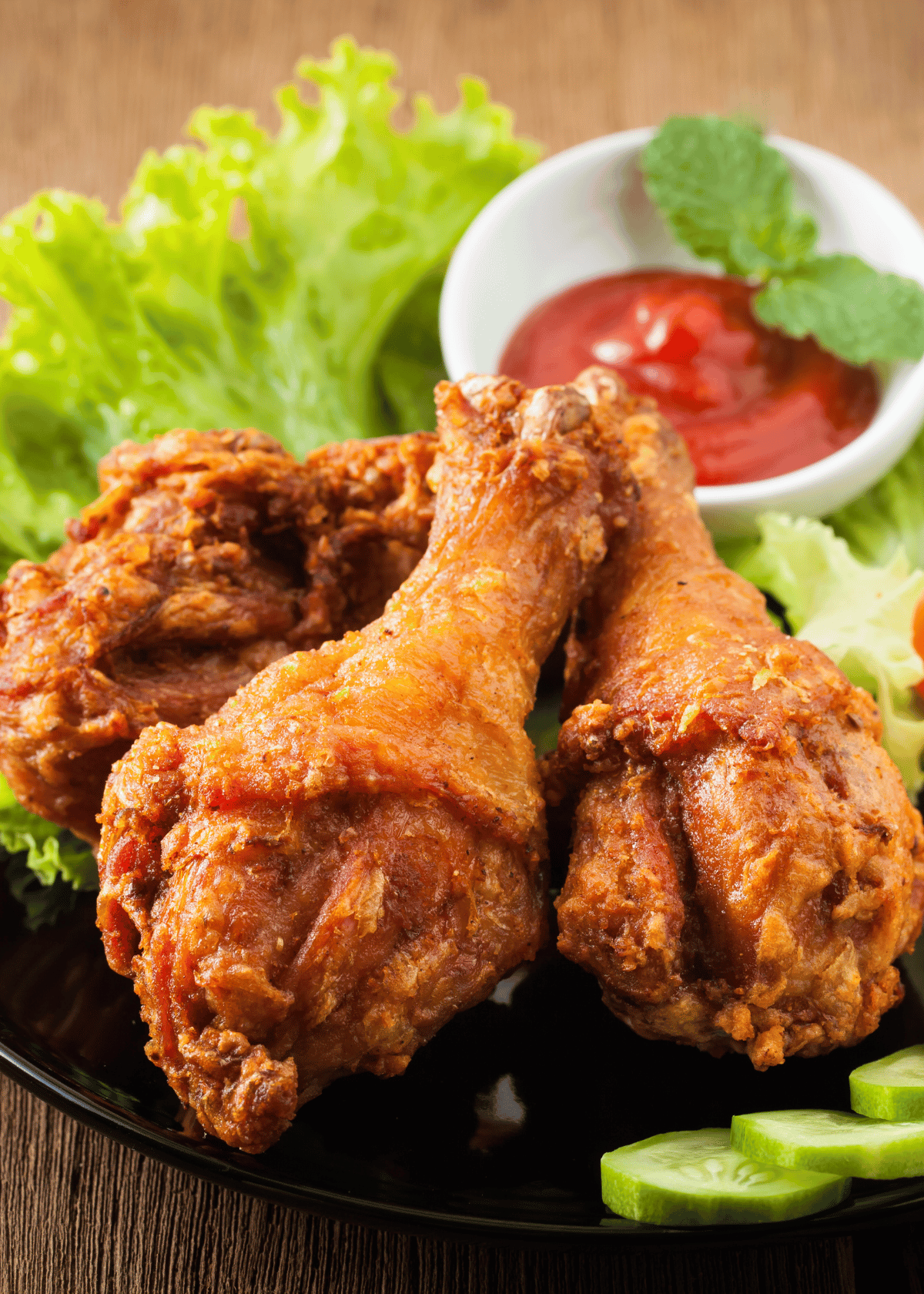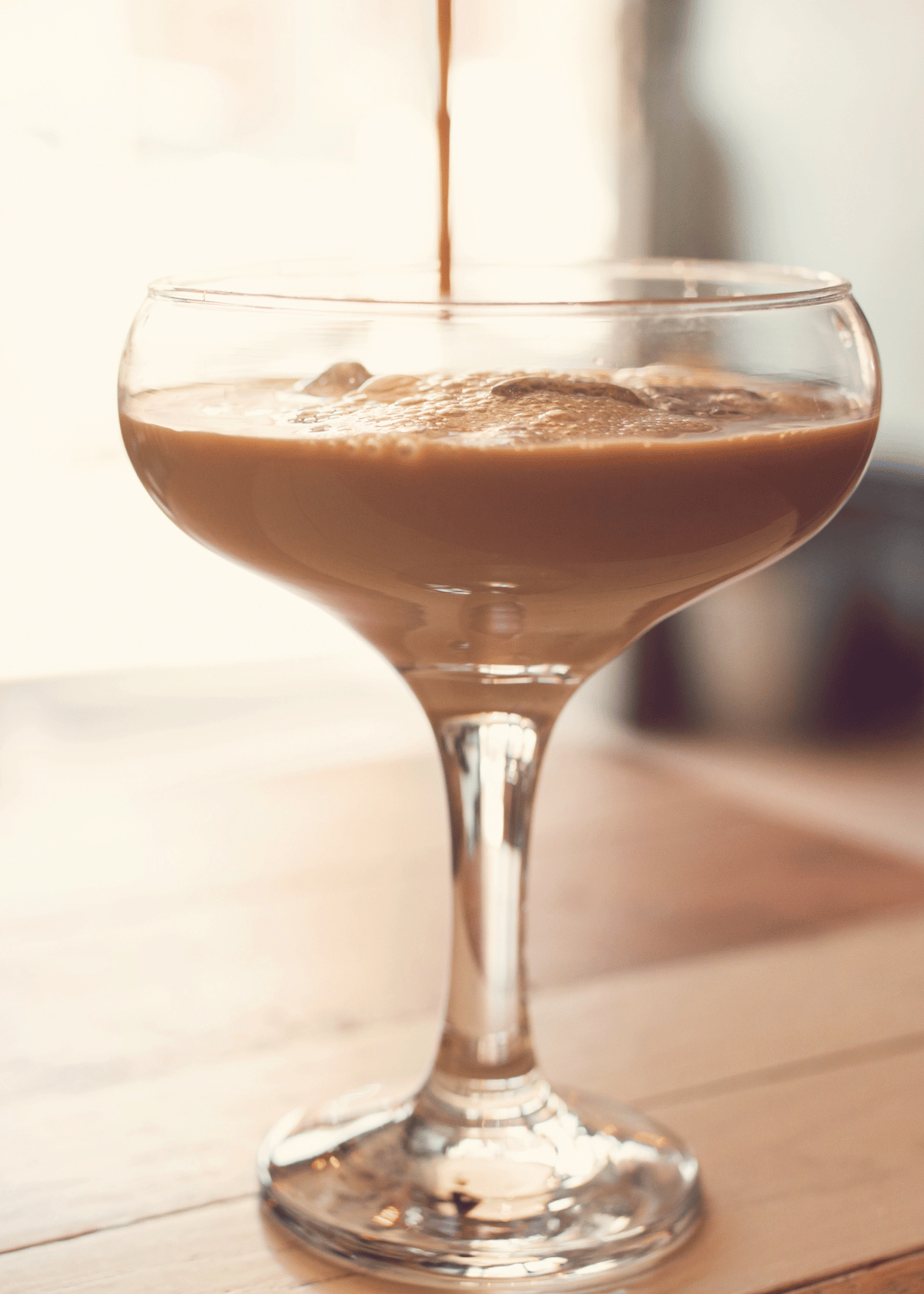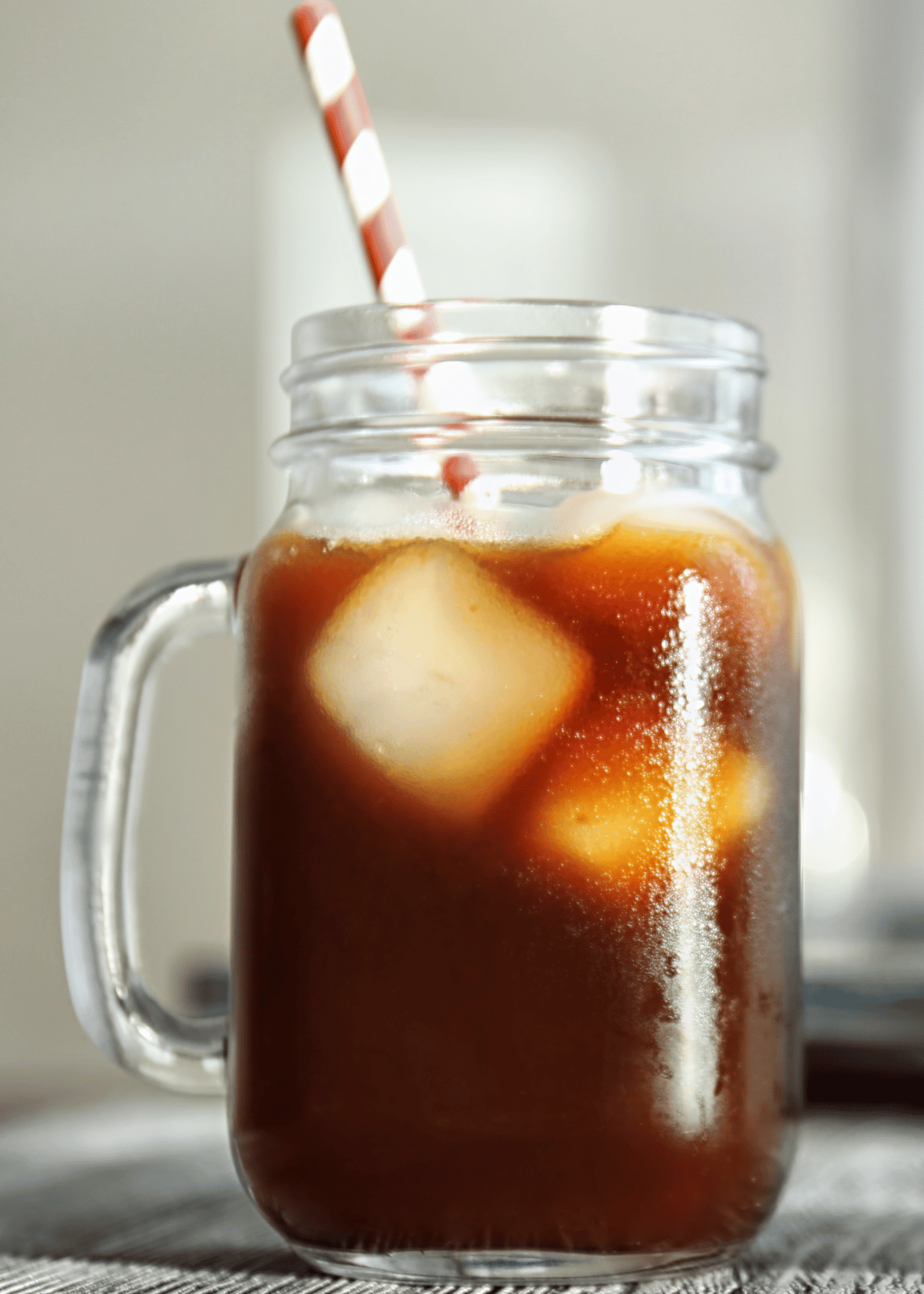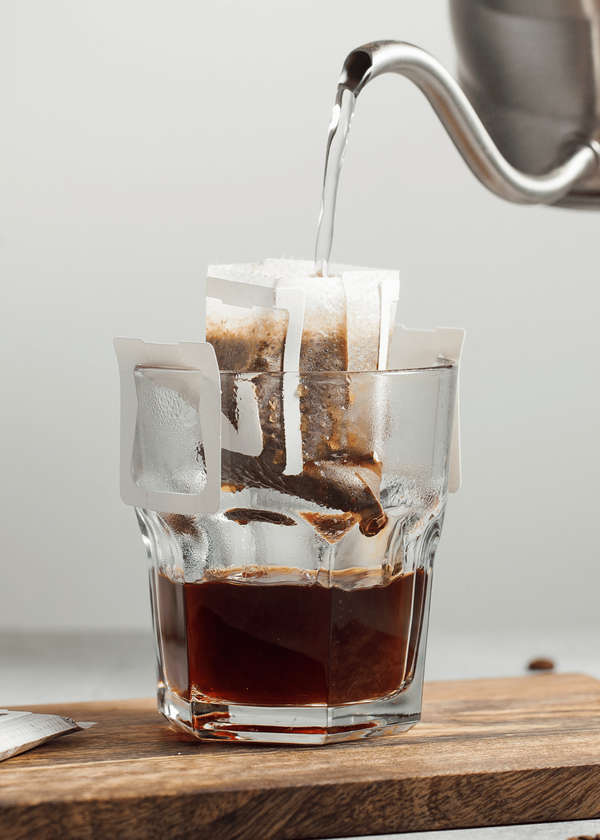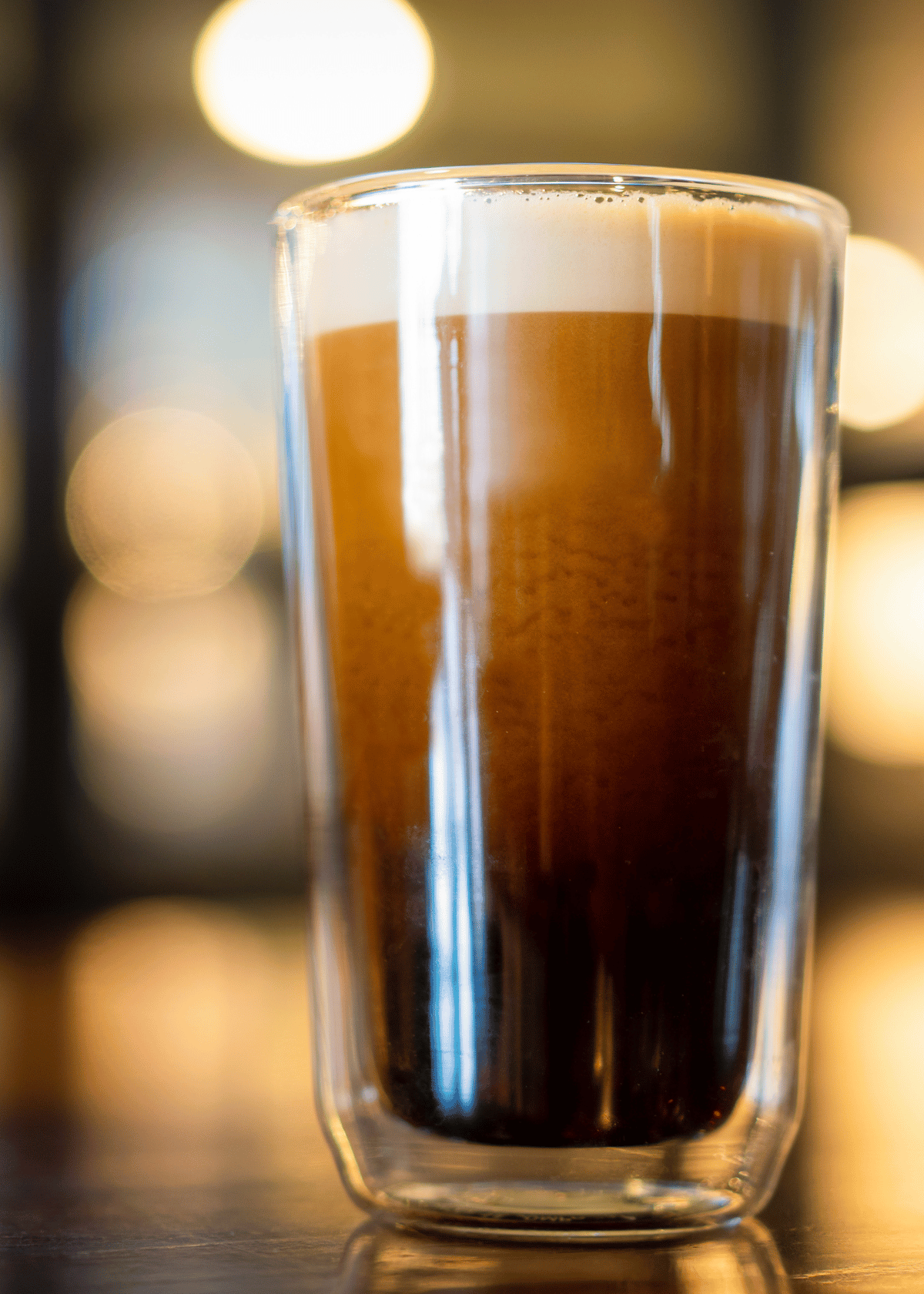Fried chicken is one of those classic dishes that never go out of style. From its Southern roots to its place in modern food culture, fried chicken remains a favorite for many. But it can be tricky to get it just right. The oil temperature needs to be at an optimal level - not too hot so that it burns and not too cool so that it doesn’t crisp properly. In this blog post, we will discuss the importance of oil temperature when making fried chicken, including which oils are best suited for frying and how to achieve perfectly crispy and juicy fried chicken every time.
Choosing the Right Oil
When it comes to deep frying chicken, the most important factor is choosing the right cooking oil. Peanut oil has become increasingly popular among home cooks and chefs alike due to its high smoke point, making it ideal for deep frying food. The smoke point of peanut oil is 450°F (232°C), which is much higher than other common cooking oils such as canola oil (400°F/204°C) or vegetable oil (320-410°F/160-210°C).
Apart from having an optimal smoke point for deep frying food like chicken, peanut oil also imparts a light nutty flavor that enhances the taste of fried dishes. A blend of two different types of peanut oils may even give you more control over how your fried foods turn out.
Finally, when choosing any type of cooking oils including those specifically suited for perfect fried chicken use unsaturated fats instead as they are generally healthier than saturated ones!
Getting the Oil Temperature Just Right
The key to achieving perfectly crispy and juicy fried chicken is getting the oil temperature just right - between 350°F and 375°F (177°C and 191°C) - before adding your ingredients into the pot or deep fryer. To ensure accuracy, use a thermometer specifically designed for cooking oils; this will give you more precise measurements than relying on guesswork alone.
Once you reach an ideal temperature range, add your prepared ingredients in batches - overcrowding will cause your food to become soggy instead of crispy! Fry each batch until golden brown then transfer them onto paper towels or rack placed over a cookie sheet lined with parchment paper or aluminum foil - this will help absorb excess grease from the finished product.
If you are not using a purpose built deep fryer to fry your chicken, make sure to pick yourself up a deep fry thermometer to ensure you maintain the right oil temp.
Making Sure Your Fried Chicken Is Delicious Every Time
Making sure your fried chicken is delicious every time can be a daunting challenge. But don’t worry, it doesn’t have to be hard! With the right techniques and ingredients (and your favorite fried chicken recipe), you can make tasty and crispy fried chicken every single time.
The key to making good fried chicken lies in perfecting both the brine and the cooking process. The brine is like a marinade for fried chicken; it infuses flavor into your meat so that with each bite, even after frying, there will still be full-bodied flavor. Many recipes recommend using either pickle juice brine or a buttermilk brine - both are great options as they tenderize the meat while adding plenty of flavor. Be sure to give your chicken at least an hour in the chosen brining liquid before fully committing to frying.
When cooking fried chicken, it's important to choose high-quality dark meat cuts with ample fat content - this helps keep your finished product juicy inside and crunchy outside for maximum satisfaction! Additionally, using a cast iron skillet or Dutch oven versus a shallow shell pan ensures that you'll get consistent results every time due to its even heat distribution during cooking. And of course, no southern-style recipe would be complete without hot oil - make sure you use an oil with a high smoke point such as peanut oil or vegetable oil so that all chicken pieces cook evenly on all sides (at medium-high heat). This will result in perfectly golden brown pieces of crispy goodness every time.
To further ensure success when making best-fried chicken, double dip each piece into egg wash — this provides an extra layer of crunchy coating between your fork and juicy dark meat — before rolling them through seasoned flour one by one until fully coated (be generous!). If you're feeling adventurous try adding spices such as smoked paprika for extra zestiness or cayenne pepper if you prefer more spice — whatever floats your boat! Lastly, finish off by shaking them off slightly ensuring any excess crumbs fall away before plunging them into the hot oil.
By following these tips for creating a good quality seasoning mix for flavorful moisture-infused marinades along with utilizing appropriate cooking methods & equipment plus mixing up some fresh ideas – nothing should stop anyone from producing delicious restaurant standard classic fried chook (chicken) meals at home anytime soon.

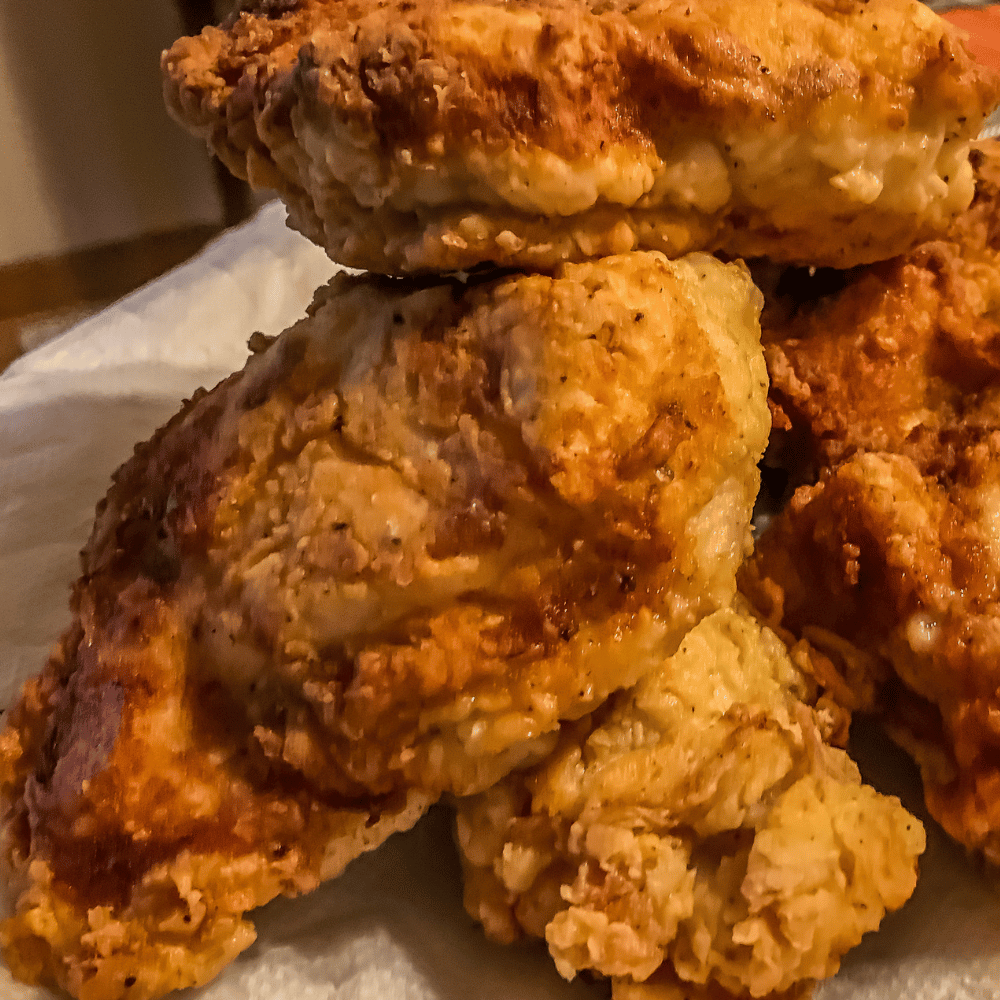
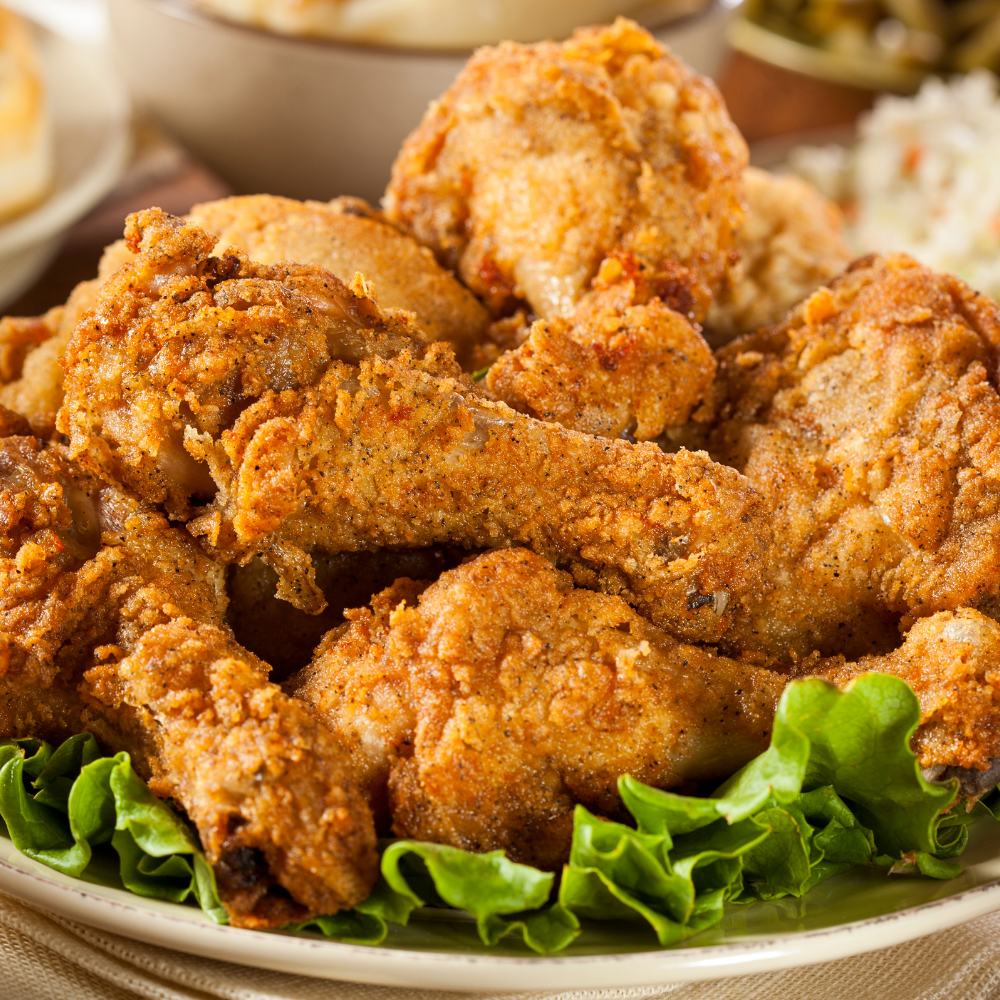
Bottom Line: Oil Frying Temperature Chicken
Making classic fried chicken may seem intimidating at first glance but there are several simple steps you can take to make sure your result is always delicious! By choosing an oil with a high smoke point such as peanut oil, ensuring that you maintain an optimal cooking temperature range (between 350°F and 375°F), adding brines beforehand if desired, and using dark meat when available, you'll be able to consistently enjoy perfectly crisp and juicy fried chicken every time! With these tips in mind, there's no reason why anyone should ever settle for subpar fried chicken again.
Want to find the perfect deep fryer? Check out this article by Save With Reviews!

